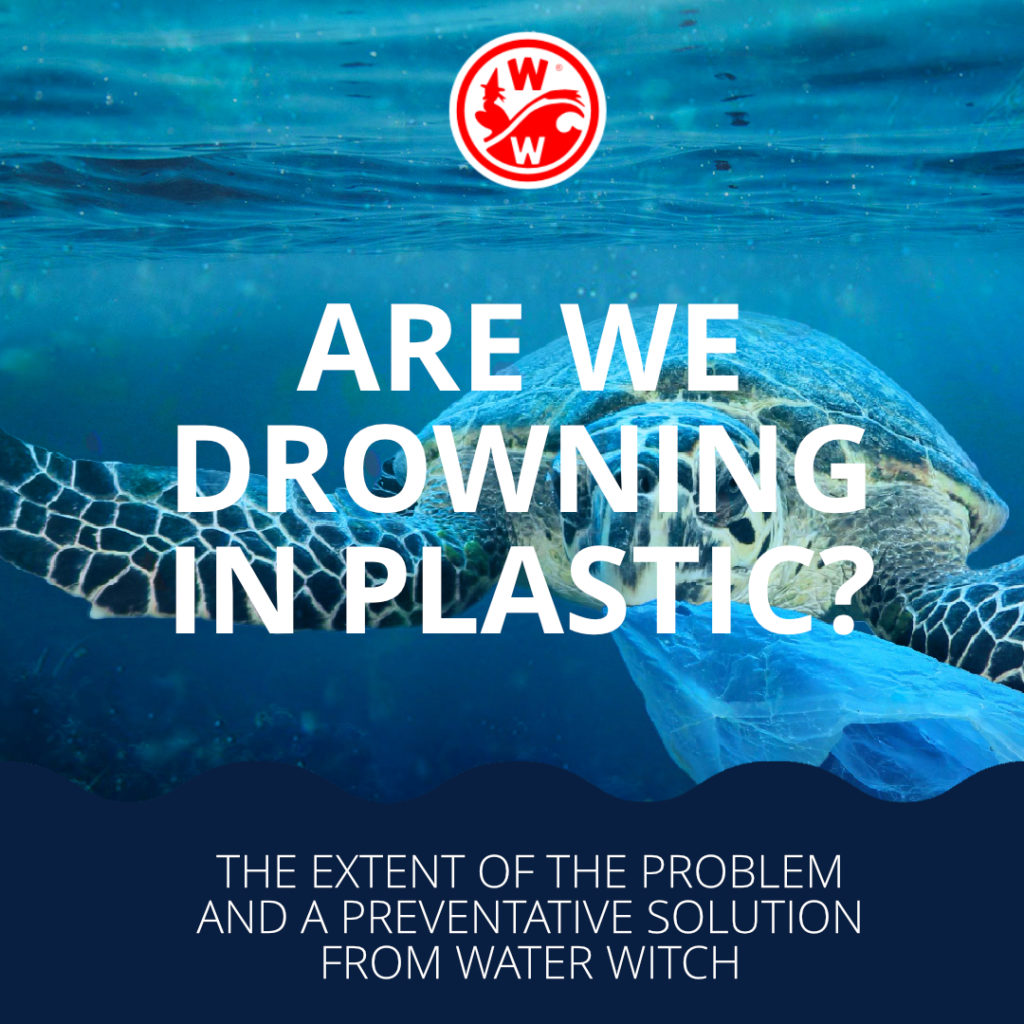Are we drowning in plastic?

The extent of the problem and a preventative solution
A material that was once heralded as a wonder-product at the turn of the century is now slowly killing our marine habitats and poisoning our seas.
How bad is it?
Jackie Caddick, Director of Water Witch, a waterway clean-up company believes that “soon, our seas will hold more plastic than fish!”.
When you look at the statistics the situation looks bleak.
- 13 million tonnes of plastic leak into the ocean each year
- 17 million barrels of oil used on plastic production each year
- 100,000 marine animals killed by plastics each year
- 100 years for plastic to degrade in the environment
The impact on the environment and marine life is still only being uncovered. Last year, the BBC documentary “Drowning in Plastic” showed some horrific footage of birds and fish stuffed full of plastic debris and waste.
- Plastic can be found in coastlines, on the sea surface, the sea floor and even inside Arctic sea ice.
- It is ingested by every type of marine animal – even the smallest invertebrates
- Although plastic can degrade – it still remains in a microscopic form.
Dr Lucy Woodall of the Natural History Museum says that it is impossible to fully estimate the volume of plastic in oceans as it is so pervasive from bits we can see to nano-particles. A toxic soup of plastic is accumulating at the deepest levels of the ocean.
“We need to think beyond clean-up. We need to think about plastic before it gets into the ocean. We need to make sure there is appropriate waste management.”
Jackie Caddick believes that “we’ve got to turn the tide on this toxic debris by campaigning harder to stop the flow of plastics into our oceans. It starts with the clean-up of our waterways that feed the seas and oceans.” While politicians, activists and governments wrangle with legislation to ban certain single-use plastics and coming up with alternatives, are there practical measures that can be taken?
While there are various prototype solutions to try and clean up the ocean, Jackie points out, “the clean-up needs to start at the source where we can deal with the problem. It is relatively easy to remove plastics from waterways and prevent them from ever reaching our seas. That’s why Water Witch built and successfully developed trash collection boats in the first place…to efficiently retrieve all types of plastics.”
“The key is to act now to stop the flow of plastics into our seas.”
How Water Witch is helping to stem the flow of plastic into our oceans
While the media has only recently focussed on our plastic problem, Water Witch has been active in marine clean-up since 1965. We started developing workboats to clean up plastics and debris from our home in Liverpool and are now a worldwide waterway maintenance solution.
Water Witch partners with local councils, harbour management, port authorities and hotel complexes to manage waste levels, oil spills and invasive weed build up before waste spills into our oceans.
We work behind the scenes to manage water waste on a daily basis, ensuring waste prevention is part of your waterway management and not a reaction to a problem.
[1]Jambeck et al, “Marine Pollutions: Plastic waste inputs from land into the ocean”, Science Mag, 13 February 2015, Vol 347, Issue 6223. <https://www.iswa.org/fileadmin/user_upload/Calendar_2011_03_AMERICANA/Science-2015-Jambeck-768-71__2_.pdf> Accessed online, 4th March 2019.
